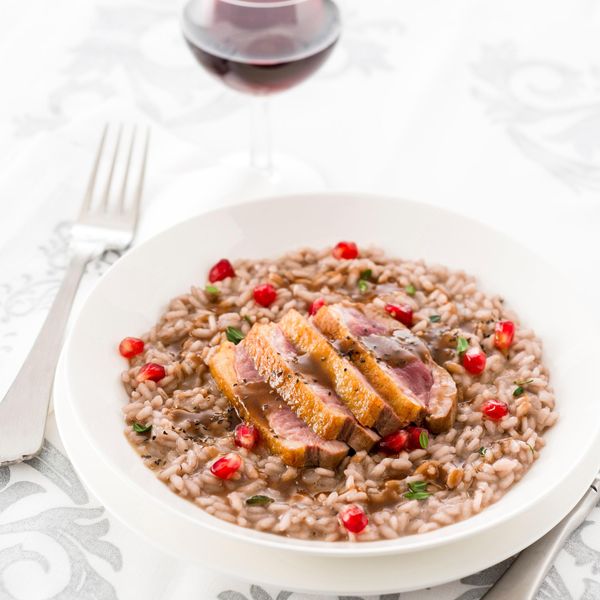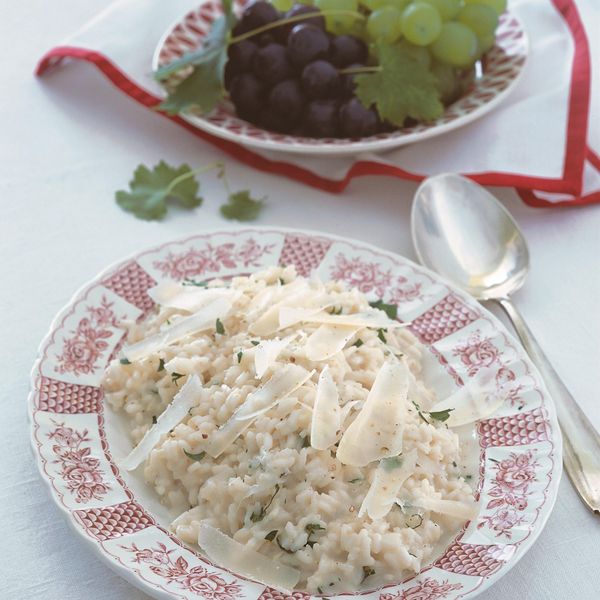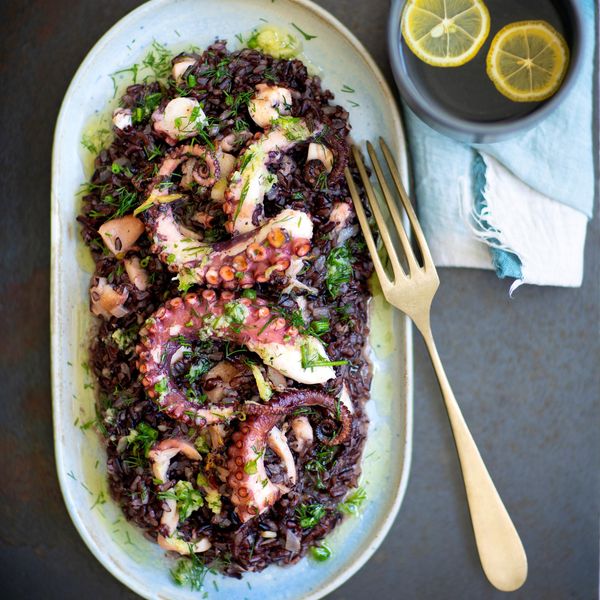
The term "bitter" refers to a beverage obtained by means of infusion in alcohol of herbs having a bitter taste.
In ancient times were used preparations made of alcohol and roots in order to digest long sumptuous meals, it is enough to think about the elixir of good health recommended by Hippocrates, prepared with barley, honey and herbs added to the wine.
Liqueur making in Europe was born in the Benedictine fortified abbeys, it was the monks, among the few who had the phytotherapeutic knowledge, to prepare infusions of roots and plants in alcohol. Bitter was used as a medicine, as a stimulant in case of lack of appetite of children, or as a digestive aid. "Amaro" is the term used in Italy: the recipe of the bitter was handed down by families from generation to generation, the taste of the final elixir changes in fact according to the plants used and the time of infusion. For this reason, still today every region and every city has its own particular amaro.
Bitters are consecrated in Italy for their properties when they succeeded in curing the kidney stones of Pope Boniface VIII during the first Jubilee.
The most famous italian bitters
From a "homemade" tradition today in Italy we find some of the most famous bitters in the world. In 1845, the first recipe of bitter, still secret, of an infusion made of flowers, leaves, roots and stems created by Bernardino Branca was deposited. In Piedmont, in 1862, the production of Fernet-Branca began.
In 1848 in Via Canonica 86, near La Scala Theater in Milan, a pharmacist from Bologna opened a bar: his name was Ausano Ramazzotti and, for the first time in history, he served a drink without the slightest presence of wine. Of course, we are talking about Amaro Ramazzotti.
After a journey throughout Europe by Stanislao Cobianchi, he dedicated a bitter to princess Elena of Montenegro. Amaro Montenegro was born and it will live a golden season in 1921 thanks to Gabriele D'Annunzio's drinks in the company of intellectuals of that time.
One evening in the mid-nineteenth century in Caltanissetta Friar Girolamo, a friar of the Capuchin Order, urgently calls Salvatore Averna to his bedside. They have known each other for many years and Don Salvatore, a devout man, has always been close to the Order, donating the fabrics for the friars' tunics. Poor Girolamo, sick for a long time, before dying, wants to pay homage to his friend by giving him an ancient recipe, an elixir made only with Sicilian herbs, which for centuries the friars have been preparing to relieve the pain of fevers. In 1895 Francesco Averna, Salvatore's nephew was invited to the Royal Palace of Rome by Umberto I, who fell in love with Amaro Averna and made Francesco Averna the official supplier of the Royal House.
Amaro Lucano dates back to 1894 by Pasquale Vena, owner of the homonymous cookie factory in the town of Pisticci, in the province of Matera, and confectioner who already produced the bitter by mixing different herbs. If you notice, on the label of Lucano there is the coat of arms of the Savoys: this is because Vittorio Emanuele III, who succeeded Umberto I after his assassination, changed the official supply of bitters, passing from Averna to Lucano.
And again Giuseppe Caffo in 1915 began to produce Vecchio Amaro del Capo in Catania.
Tasting notes
In the common imagination bitter is connected to catering, to be drunk as a shot at the end of a meal, all in one gulp, in order to digest the binge. This is not always the case, on the contrary.
Good bitters are excellent for tasting: some are cold or even iced, to refresh the palate, some are at room temperature in order to savor every facet of the infusion. In the last years they are served in blending with ginger beer and ginger; this choice makes the bitter even easier to drink, more dynamic with bubbles and an additional bitter note.






